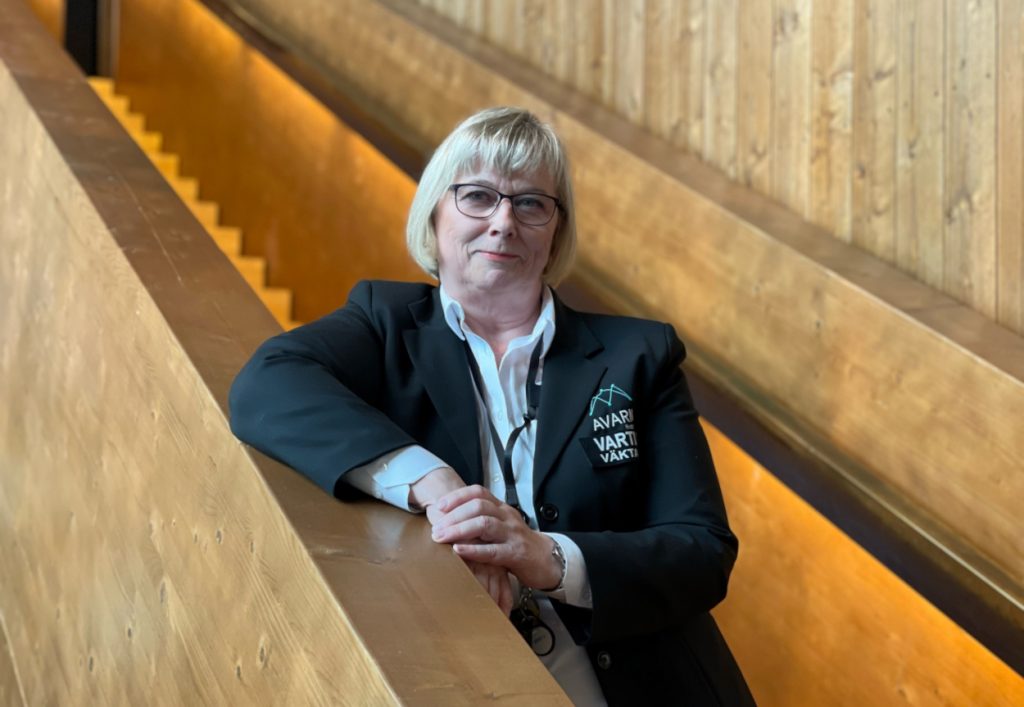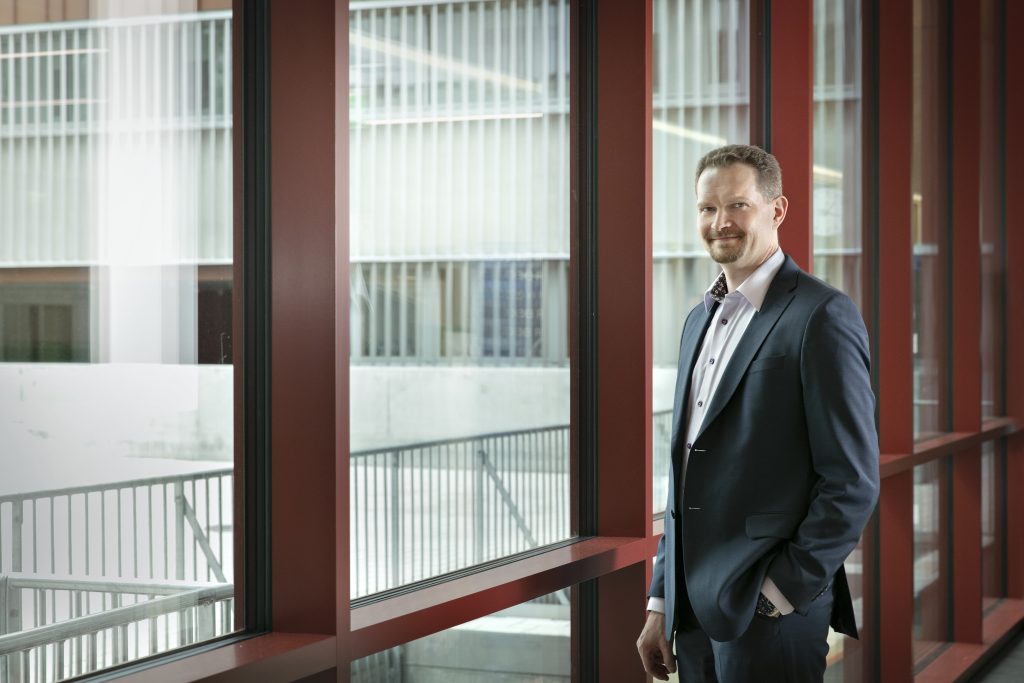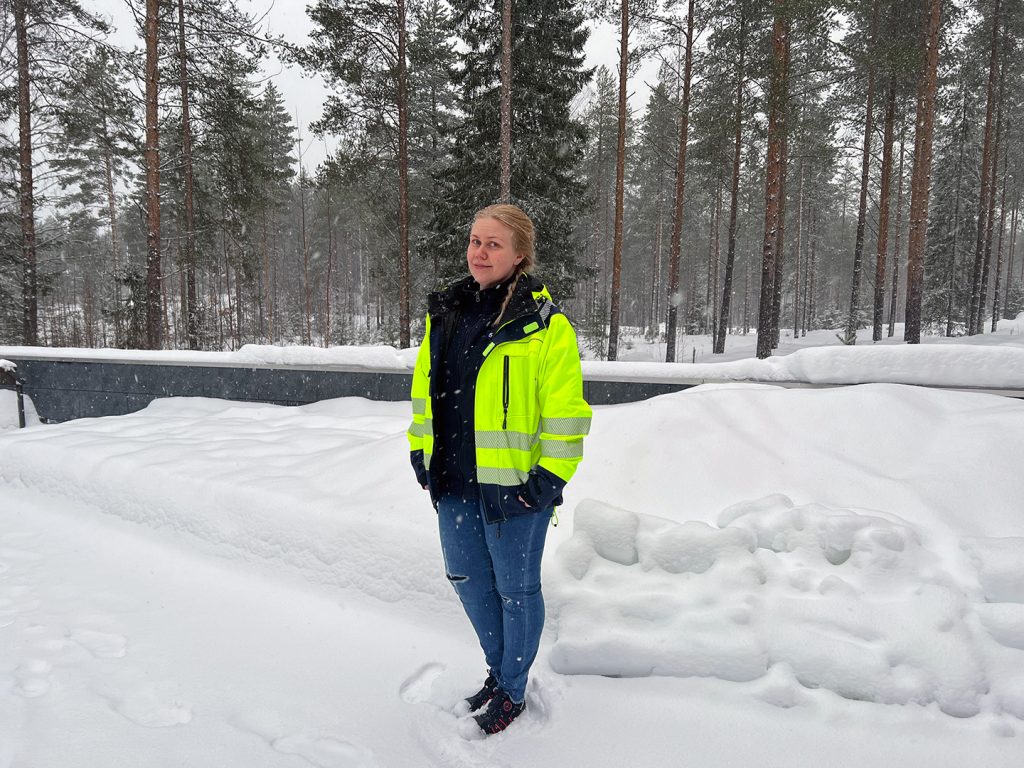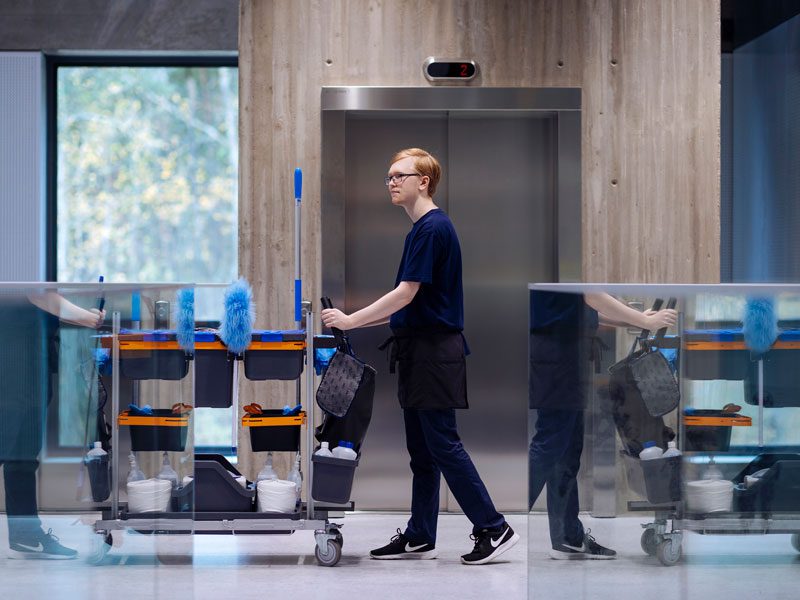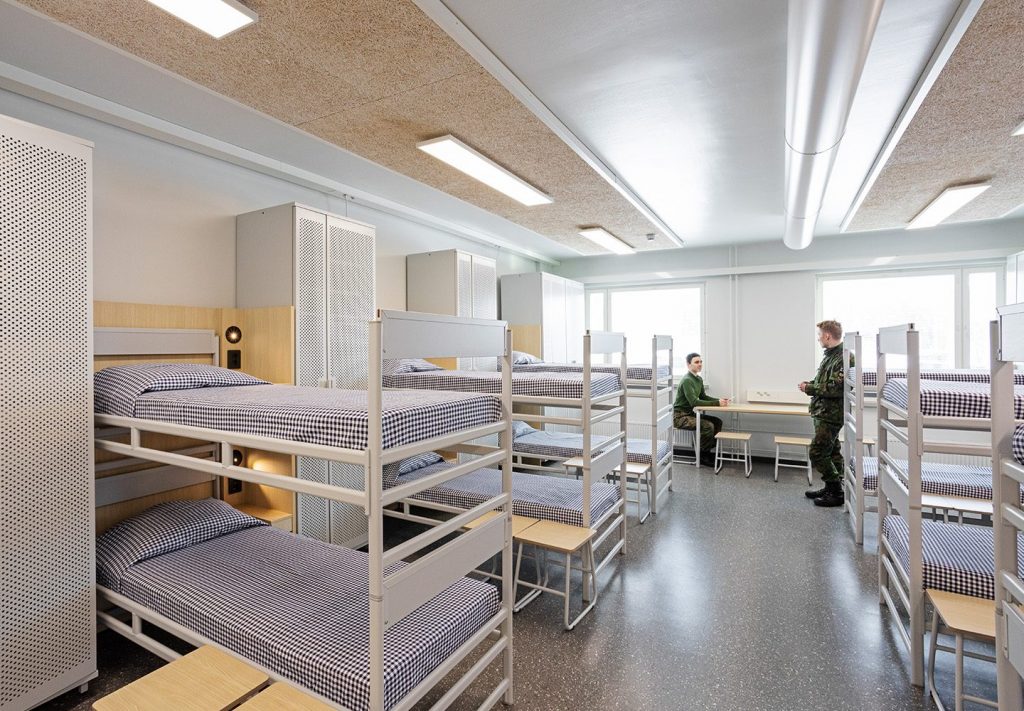Preventing indoor air problems before they arise reduces the resulting harm to people and costs. At best, pro-action begins as early as in the construction phase and continues as continuous planned monitoring as well as regular inspections.
A pro-action programme initiated by Senate Properties in 2015 seeks to prevent problems with indoor conditions before they manage to cause harm to the users of premises. According to Senate expert Pasi Pipatti, the pro-action programme came about as the result of a change in mindset.
“The idea is the same as in proactive healthcare. We no longer just deal with the consequences of problems but prevent their occurrence.”
Pipatti adds that prevention is always a better solution than remedying problems already detected.
“The prevention of harm caused by indoor conditions before they occur is both easier and cheaper and reduces the harm people experience. We strive to identify those things that we can influence in construction, real estate management and upkeep. The main means of prevention include continuous monitoring of indoor air conditions, remote monitoring of building automation and regular building inspections.”
Pasi Pipatti prepared the pro-action programme together with Senate Properties experts Timo Keskikuru and Anne Korpi. Besides our own people, Senate Properties’ service providers have been given training and included in pro-action activities.
“During 2019, we introduced a BIM-based condition model which helps facilities users to give condition feedback and view condition information. At the same time, property management obtains an information model-based user interface to utilise condition information,” Pipatti says.
Success in the construction phase is crucial
The most common indoor air problems are so-called condition problems.
“Preferences when it comes to heating and ventilation, for example, are very individual. This is where the best solution can be found not just by technical measures but also by listening to users. Extensive damp and mould damage is very rare in Senate Properties. Perceived indoor air problems are generally the sum of many smaller factors,” Pasi Pipatti says.
Individual defects, like water leaks, appear during the lifecycle of buildings and must be dealt with immediately and thoroughly. Defects that are properly dealt with don’t cause indoor air problems later. To prevent rainwater leaks, it’s important to monitor the condition of roofs, rainwater removal and subsurface drains.
Pipatti points out that the consideration of aspects related to indoor air conditions starts already in the construction phase.
”Good construction is key to ensuring good indoor air. Indoor conditions must be taken into consideration in all phases from design to commissioning of the premises. After this, regular inspections and continuous monitoring of the conditions enable technical problems to be detected in good time and to be remedied before they cause harm to facilities users.”
Read more: What is indoor climate? This is what it’s all about
Solutions used earlier have become obsolete
Pasi Pipatti says that people demand much more of the indoor conditions of buildings than earlier. For example, properties built according to old standards do not also come out well in today’s tests.
“Buildings have always been constructed in accordance with the relevant building regulations at any given time. Over time, standards have risen and so solutions used earlier have become obsolete. Some solutions recommended in their day have subsequently proved to be problematic. Such erroneous solutions must be systematically removed in conjunction with renovation.”
Indoor air matters in Finland have received much column space, even by international comparison, and facilities users are aware of various indoor air risks.
”This puts pressure on the industry to improve the construction and maintenance culture. At the same time, it’s important to pass on researched and measured information about indoor air matters and to better include facilities users in discussions on indoor conditions.”
Read more: Senate Properties six actions for good indoor air


